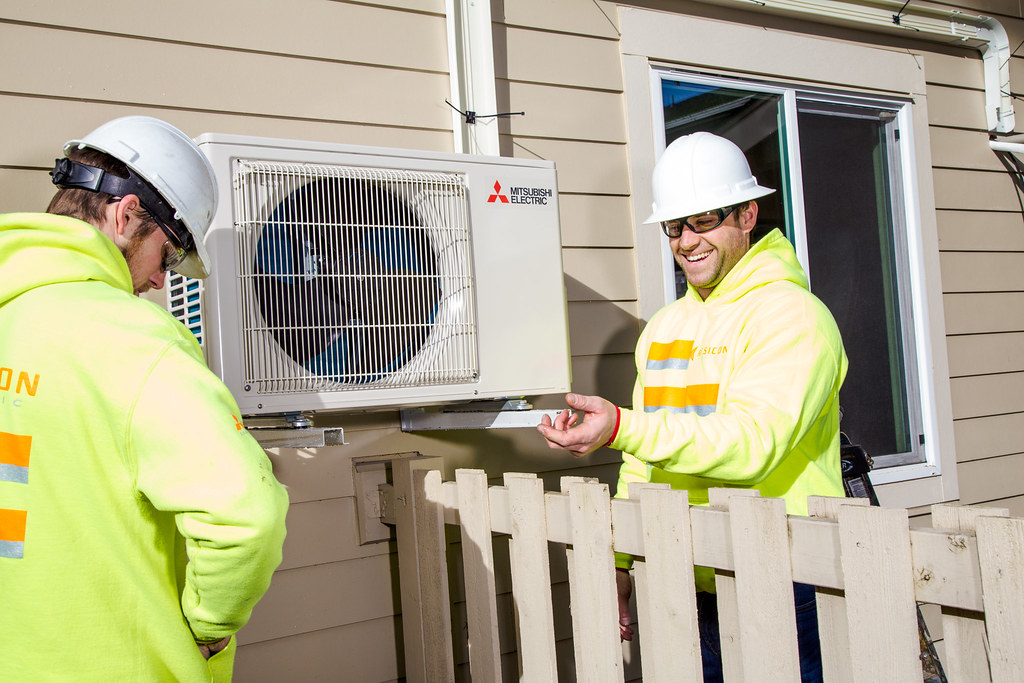Join J. Drake Hamilton, Congressman Greg Stanton (AZ), and more to discuss how Arizona can learn from Minnesota’s push to implement a clean energy economy.
clean energy
Energy Access and Equity 2.0: What’s Next
Our Energy Access and Equity (EAE) program is evolving. Hear from new Lead Director Anjali Bains about what’s next for the EAE team.
Untangling the FirstEnergy scandal: A guided tour of the biggest corruption case in Ohio history
Ohio did what? Join Fresh Energy, Energy News Network, journalists, and advocates from Ohio to walk through the biggest corruption case in Ohio history.
2021 Benefit Breakfast Spotlight: 5 facts about featured speaker Donnel Baird!
Who is Donnel Baird, and how does he lead BlocPower’s clean energy revolution in over 24 different cities? We’ve got the details.
What’s up with heat pumps?
Heat pumps have been having a “moment” lately—and rightfully so. Avoiding the worst impacts of climate change means transitioning our entire economy, starting here in Minnesota, to be carbon-neutral by 2050. That requires a dramatic change in the energy that powers our homes, businesses, and workplaces, shifting away from burning fossil fuels towards using zero- and low-carbon alternatives. Heat pumps can help us make that transition.
Welcoming Mike and Joe to Fresh Energy!
As we round out the first half of summer, Fresh Energy is celebrating two new additions to our team. Our bold new strategic framework has continued to serve as a powerful guide as Fresh Energy leadership have filled the roles of staff who have moved on to new opportunities and created entirely new positions that will aid us as we continue pursuing our mission to achieve equitable carbon-neutral economies. We’re thrilled to have Mike and Joe on the team!






